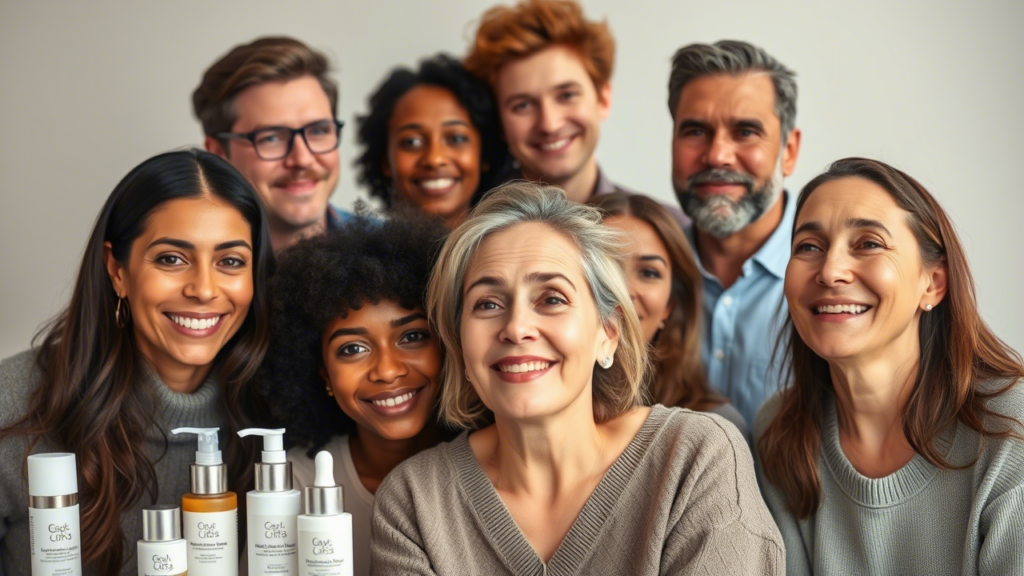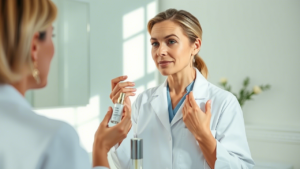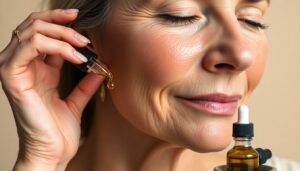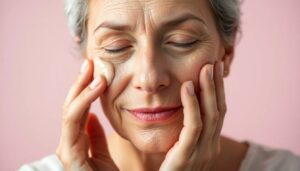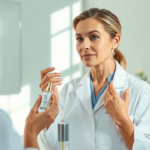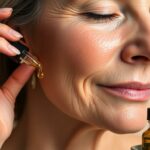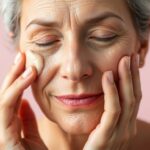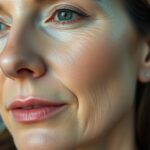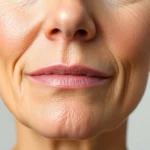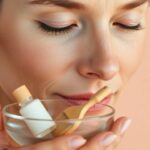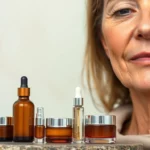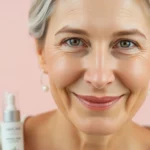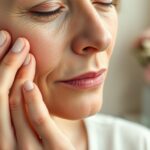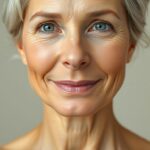Ever looked in the mirror and seen a few extra lines around your eyes? Perhaps your skin no longer snaps back the way it did. Aging skin is a process of life, influenced by the inside and outside. In this article, we’ll outline what causes the changes, ways to stave off premature aging, and the best skincare practices to get your skin glowing.
The Science of Aging Skin: What’s Going On?
What causes skin to change as we get older? It is partly an internal — and external — battle. Over time, the biological processes decelerate. It alters the structure and appearance of the skin.
Intrinsic Aging Factors
Intrinsic aging is the stuff that’s written in your genes. Like a clock that your body keeps internally. Collagen and elastin are two key players here.
Decline of Collagen and Elastin: Collagen acts like scaffolding, to keep skin firm. Elastin’s fibers give skin the ability to stretch and return to its original shape. As we get older, our bodies generate fewer of these proteins. And this can lead to wrinkles, sagging.”
Slow cell turnover: In younger skin, the skin cells are replaced fairly quickly. Old skin? Not so much. This slowdown causes dead skin cells to linger longer. This leads to dullness and rough texture.
Extrinsic Aging Factors
Extrinsic aging is from outside of your body. These are habits of lifestyle and factors of environment. They can accelerate aging.
UV Radiation: The most prominent culprit – the sun. UV rays destroy collagen and elastin. This causes wrinkles, sunspots and a leathery texture. All of this is commonly referred to as photoaging.
Environmental Pollution: Pollution can block the pores and form free radicals. That also damages skin cells and degrades collagen. Air quality is a big factor.
Lifestyle Choices: Smoking, bad nutrition and chronic stress all influence the skin. Smoking reduces blood flow. So a bad diet deprives the skin of nutrients. Stress triggers hormones that speed up aging.
Common Signs of Aging Skin
What are the telltale signs of mature skin? Among the most common are wrinkles, spots and dryness. Here’s a closer look.
Wrinkles and Fine Lines
Fine lines are slight grooves, and wrinkles are deeper furrows. Both are signs of a loss of collagen. They commonly tend to appear around the eyes and mouth. The best known examples are the crow’s feet around the eyes, forehead lines and perioral lines (around the mouth).
Age Spots and Hyperpigmentation
Age spots, also called sunspots, are flat, darkened areas of skin. They’re results of years of sun exposure. Also, hyperpigmentation may manifest as larger patches of uneven color. Age spots affect more than 90% of those over 60.
Dryness and Thinning Skin
Skin makes less oil as we get older. That — can cause itchiness because of this dryness. Skin also thins, which makes it more fragile. Using rich moisturizers formulated with ingredients like ceramides can help counteract dryness.
How to Prevent Premature Skin Aging
Can the aging process be slowed down? Yes! It makes a difference to protect your skin and live healthfully. Here’s how.
Sun Protection
Your best friend is sunscreen. It protects skin from damaging UV rays. Make it a daily habit.
THE CHOICE OF THE SUNSCREENS – The ideal option is a broad spectrum sunscreen with an SPF of at least 30. Broad-spectrum means it protects against both UVA and UVB rays. Use a good amount every 15-30 minutes before sun exposure. Reapply every two hours, or right after swimming or sweating.
Sun Protective Clothing and Accessories: Hats, sunglasses, and sun-protective clothing can give extra protection. Wrap a wide-brimmed hat around your face and neck. Sunglasses save the sensitive skin surrounding your eyes.
Healthy Lifestyle Choices
It matters what you eat and how you move and deal with stress. All of these factor into the health of your skin.
Balanced Diet: Fill up on nutrient-dense foods. Berries, leafy greens and nuts battle against free radicals. Vitamins and minerals are also important.
Regular Exercise: Movement improves circulation. This increases oxygen and nutrients to the skin cells. It also helps reduce stress.
Stress Alertness: Chronic stress may take a toll on your skin. Try yoga, meditate, or use deep breathing exercises. Find healthy ways to unwind.
How to Do Skincare for Aging Skin
The right skin-care products can help your skin look better. Look for collagen-boosting, hydrating and protective ingredients. Here are some key players.
Key Ingredients to Look For
There are certain ingredients that are scientifically known to fight aging. They are retinoids, antioxidants and hyaluronic acid. They each function in different ways.
Retinoids: Retinoids (including retinol and prescription tretinoin) are derivatives of vitamin A. They increase collagen, shrink wrinkles, and even the texture of skin. Start slowly, with low concentration, and increase as tolerated.
Antioxidants: The vitamins C and E are powerful antioxidants. They act as scavengers for free radicals. Vitamin C can lighten skin and help collagen production. Vitamin E moisturizes and calms.
Hyaluronic Acid: A potent humectant, hyaluronic acid helps hold onto water. It pulls moisture from the air into the skin. This has a plumping effect on fine lines and leaves skin hydrated.
How to Create an Anti-Aging Skincare Routine
A regular skincare routine can go a long way. Here’s a step-by-step guide.
Cleansing, Exfoliating and Moisturizing: Start with a gentle cleanser that will help remove dirt and oil. Exfoliate once or twice a week to remove dead skin cells. Seal with a thick moisturizer to nourish and protect.
Step 4: Incorporating Serums and TreatmentsSerums and treatments address specific concerns. Retinoid serum at night, to pack a collagen punch. In the morning, add an antioxidant serum for free radical protection.
In-Office Treatment Options For Aging Skin
At times, over-the-counter products just aren’t cutting it. Professional treatments may yield more dramatic results. Here’s a brief overview.
Chemical Peels
A chemical peel uses acids to slough away the upper layers of skin. This exposes smoother, brighter skin underneath. They can lessen wrinkles, age spots and acne scars.
Laser Resurfacing
Laser resurfacing: This procedure uses lasers to remove damaged skin cells. This encourages collagen production. It works well for those with wrinkles, sun damage and scars.
Botox and Fillers (Injectables)
Botox works by relaxing facial muscles to minimize wrinkles. Fillers are used to add volume to fill in lines and creases. Both are temporary fixes for signs of aging.
Conclusion
Skin Aging Is a Normal Process of Life. It is possible to have an understanding of the causes and take proactive action. But a combination of sun safety, a healthy lifestyle and good skincare can go a long way. If you worry about aging skin, talk to a dermatologist about your concerns and questions.
